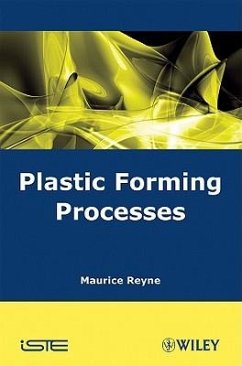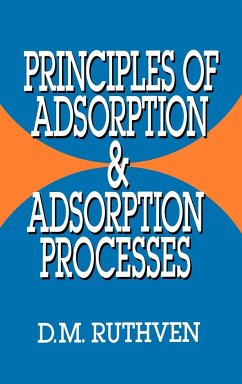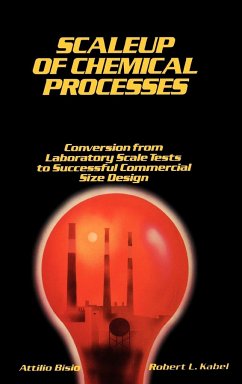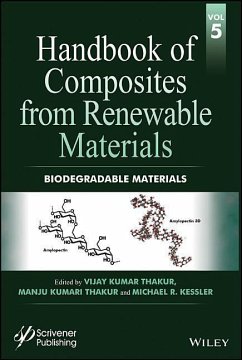
Thermodynamic Processes 1
Systems Without Physical State Change
Versandkostenfrei!
Versandfertig in über 4 Wochen
158,99 €
inkl. MwSt.
Weitere Ausgaben:

PAYBACK Punkte
79 °P sammeln!
Thermodynamic Processes 1 offers a comprehensive take on process engineering, whereby technology transforms materials and energy production into various products. The scientific methods required for designing such processes are the result of knowledge from a number of different disciplines. As a result, thermodynamics is the basic discipline in process engineering training. The application of laws and concepts of thermodynamics is essential before the design and optimization of any process, which allows downstream to control its reliability and validity. This book offers a pragmatic approach t...
Thermodynamic Processes 1 offers a comprehensive take on process engineering, whereby technology transforms materials and energy production into various products. The scientific methods required for designing such processes are the result of knowledge from a number of different disciplines. As a result, thermodynamics is the basic discipline in process engineering training. The application of laws and concepts of thermodynamics is essential before the design and optimization of any process, which allows downstream to control its reliability and validity. This book offers a pragmatic approach through practical and varied examples, chosen for their didactic and industrial interest.













